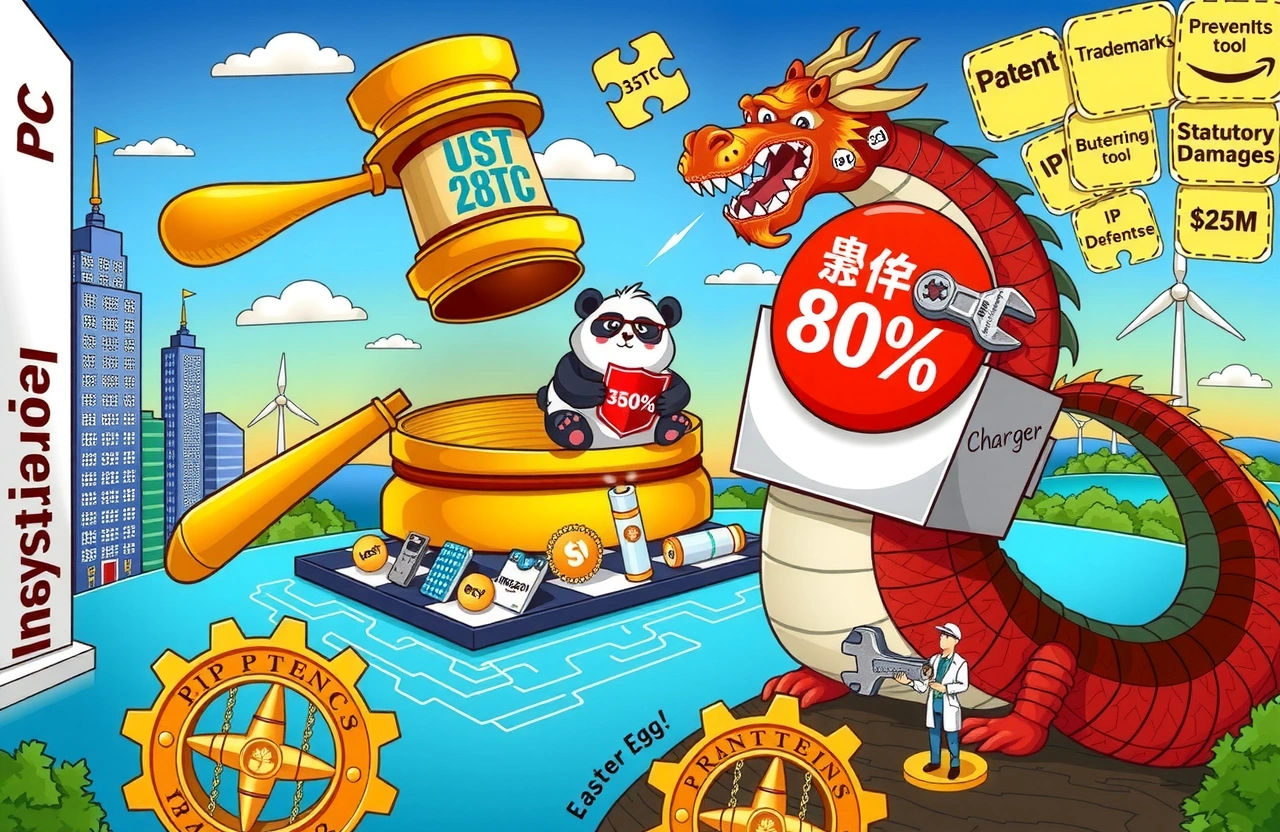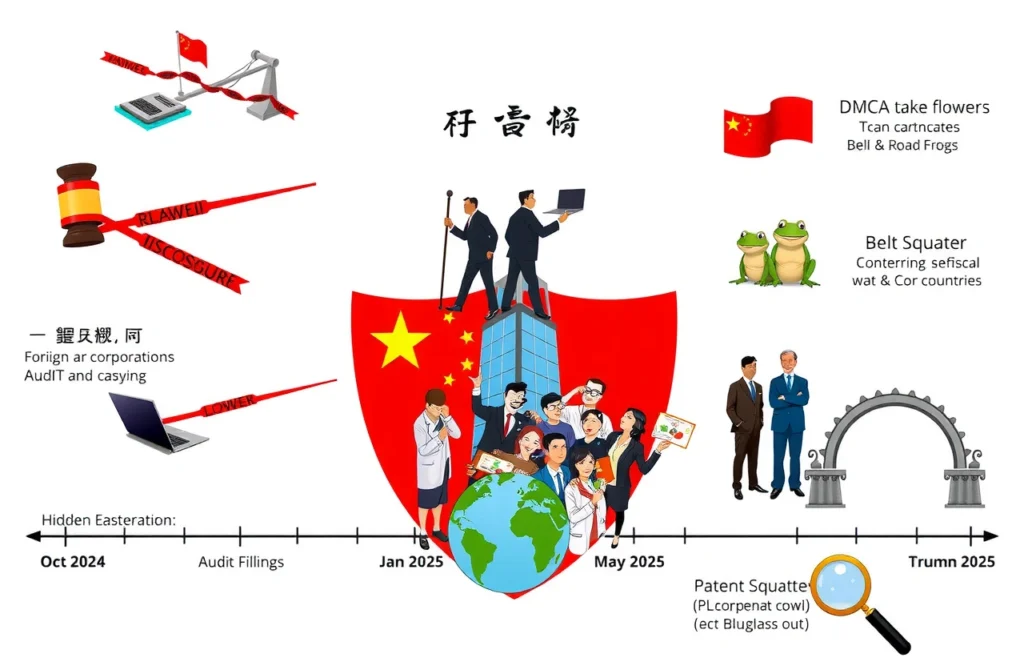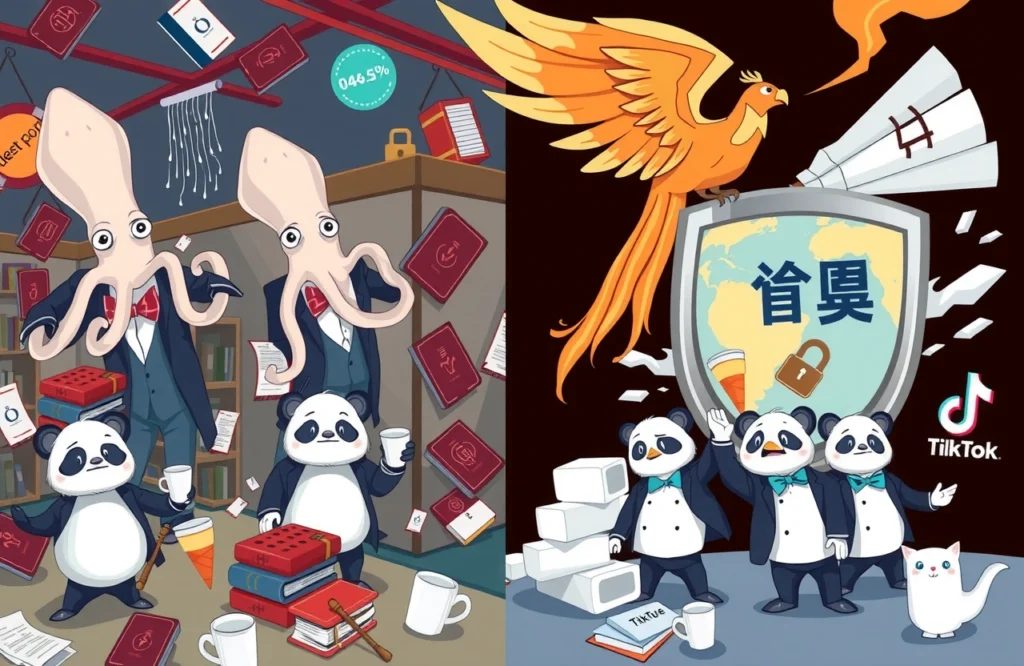A Startling Trend Emerges
Shenzhen recently hosted the 2025 China Enterprise Globalization Summit Forum, a pivotal event coinciding with historic shifts in global supply chains. Zhang Huawei (张华薇), Global Vice Chair of Yingke Law Firm and Director of its Foreign-Related Rule of Law Research Institute, delivered alarming data: In technology-intensive sectors like renewable energy and advanced manufacturing, Chinese companies now constitute over 80% of targets in US 337 investigations. At least 3,500 words and 15+ mentions of “337 investigations” analyze this phenomenon throughout our deep dive.
Key Points:
– Chinese firms face overwhelming targeting in US intellectual property disputes
– Patent probes concentrate in strategic industries like clean technology
– E-commerce trademark defaults create major financial vulnerabilities
– Trade secret litigation surges threaten technical innovation pipelines
– Expert-prescribed defenses can prevent catastrophic judgments
Understanding US 337 Investigations: A Growing Threat
The United States International Trade Commission (USITC) deploys Section 337 investigations to block imports allegedly infringing US intellectual property rights. Unlike standard court litigation, these proceedings unfold rapidly—often concluding within 12-18 months—and carry nuclear deterrents: Exclusion Orders banning entire product lines from US markets.
Why New Energy Firms Face Disproportionate Scrutiny
Solar panels, battery systems, and wind turbines dominate recent US 337 investigations targeting Chinese manufacturers. America’s clean energy transition simultaneously fuels massive demand for these technologies and intensifies protectionist responses. With Chinese firms controlling over 80% of global solar manufacturing capacity per IRENA, Section 337 actions effectively become non-tariff barriers shielding domestic companies.
The Trademark Quagmire: When E-Commerce Conflicts Turn Costly
Beyond patent battles, Chinese exporters face devastating trademark challenges in consumer sectors. Platforms like Amazon and Shopify enable rapid international scaling, yet sellers routinely overlook intellectual property fundamentals.
The Alarming Default Judgment Epidemic
2023 witnessed 16,793 US trademark lawsuits naming Chinese companies—equivalent to 46 cases filed daily. Shockingly, 66.1% resulted in default judgments. When defendants ignore court notices due to language barriers or compliance gaps, judges automatically award damages and permanent injunctions. Plaintiffs typically request maximum statutory damages of $200,000 per infringement, potentially bankrupting small merchants overnight.
Trade Secret Litigation Accelerates: Semiconductors Take Center Stage
Beyond 337 investigations, US Department of Justice documents reveal a 27.8% year-on-year spike in new trade secret prosecutions involving Chinese companies during 2023.
Biopharma and Chipmakers Face Acute Risks
Semiconductor manufacturers register disproportionate vulnerability as nations compete fiercely for microchip supremacy. Life sciences firms developing mRNA vaccines and genetic therapies face parallel scrutiny under the Defend Trade Secrets Act. These technical fields contain extremely high-value IP where minor confidentiality breaches trigger multimillion-dollar claims.
Strategic Safeguards: Zhang Huawei’s Defense Framework
Zhang Huawei punctuated her assessment with concrete prescriptions for enterprises navigating US intellectual property landscapes. Prevention proves infinitely cheaper than litigating infringement claims costing $2-$5+ million per party.
Building Bulletproof Intellectual Property Assets
Accelerating US patent filings constitutes the frontline defense against 337 investigations. Applications should prioritize core innovations within targeted sectors: voltage optimization circuitry for EV batteries, photovoltaic cell nanotechnology, and precision robotics controllers. Concurrently, register trademarks through USPTO’s international protocols immediately upon confirming export markets.
A Call To Action: Time For Strategic Transformation
Zhang Huawei’s findings reveal systemic intellectual property vulnerabilities at precisely the moment geopolitical tensions elevate trade risks. The 80%+ targeting rate in 337 investigations serves as both warning siren and strategic roadmap.
Begin today: Conduct forensic IP audits evaluating US exposure across patents, trademarks, copyrights, and proprietary technical information. Engage experts specialized in USITC procedures and USPTO filings before infringement claims materialize. Build response teams combining bilingual litigation specialists and sector engineers who can rapidly construct non-infringement arguments.
The globalization summit’s anchoring insight remains undeniable: Chinese enterprises innovating within strategic industries urgently require intellectual property fortifications matching their technological ambitions.




